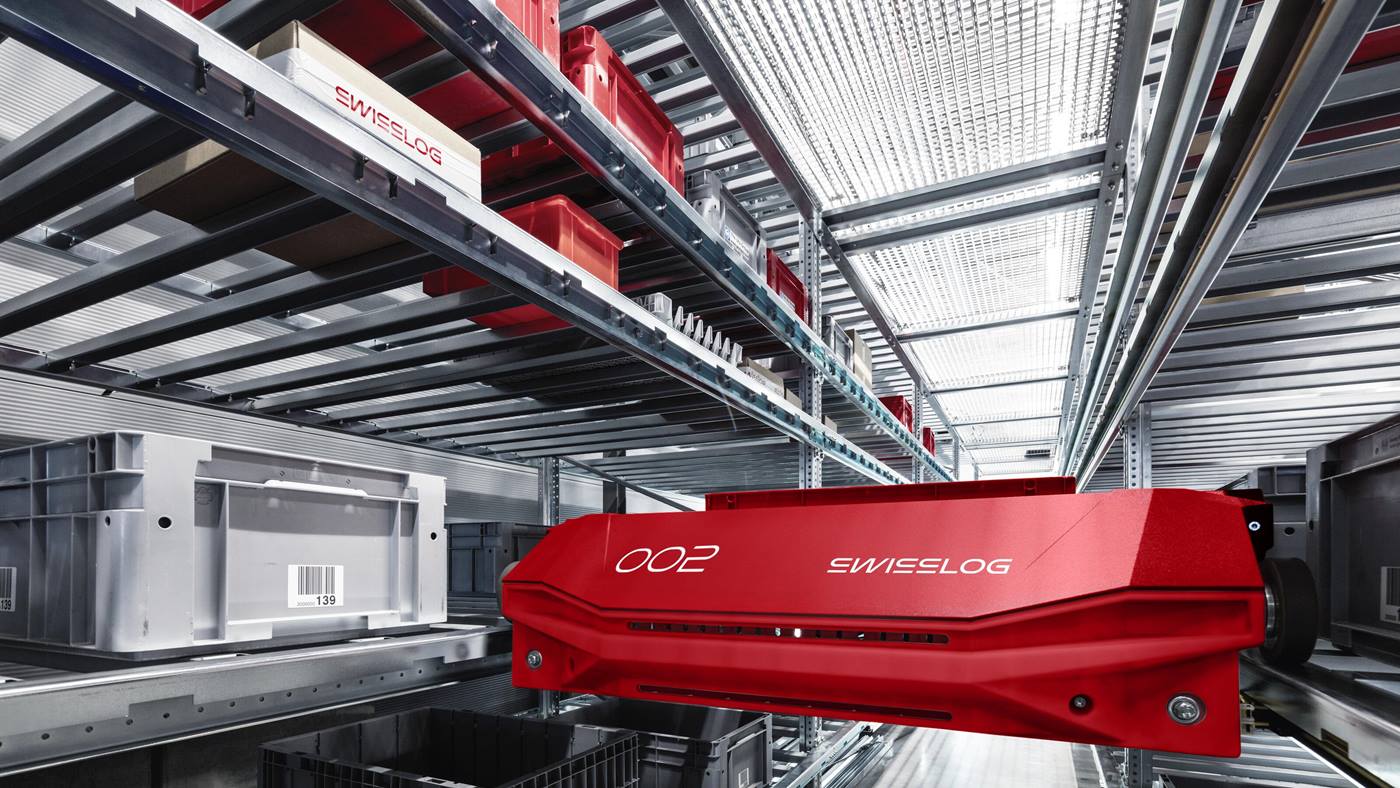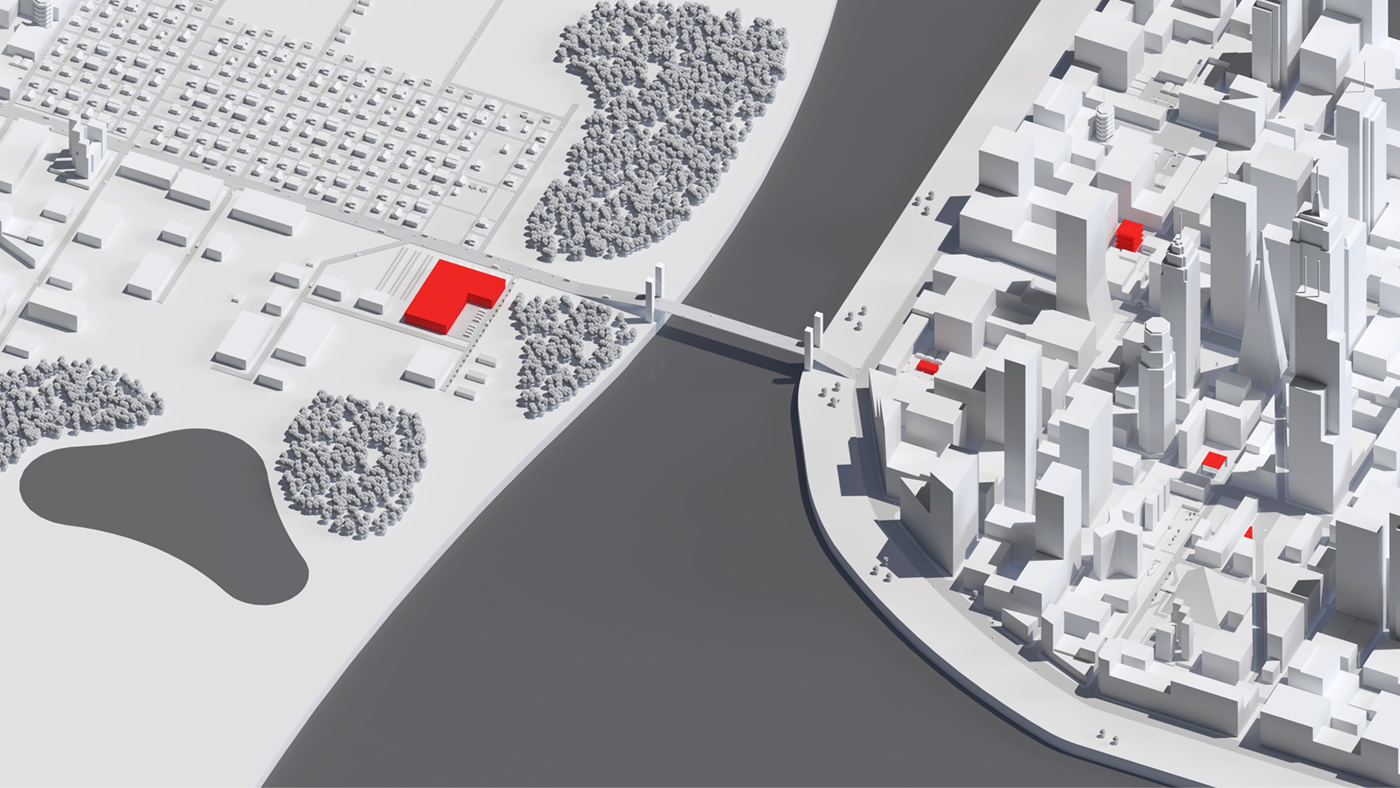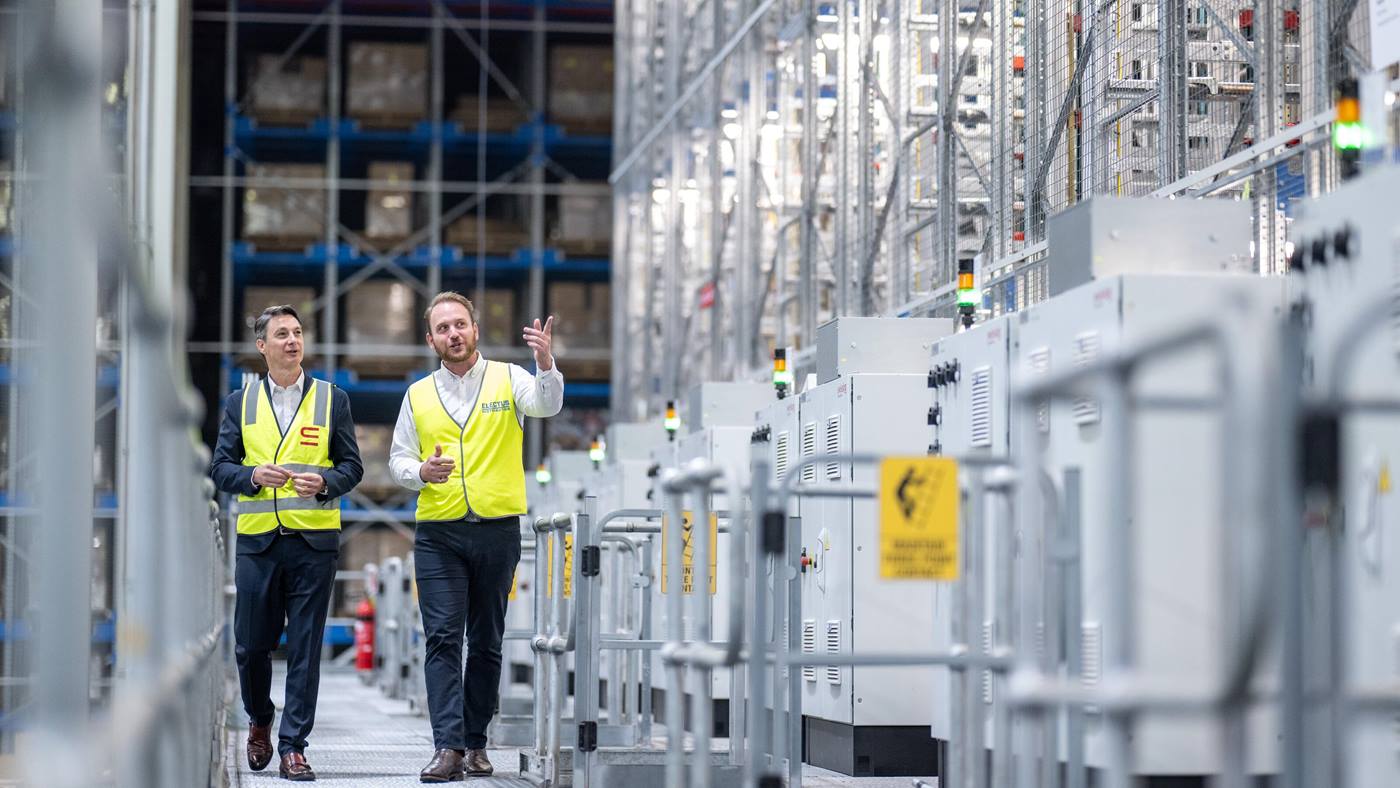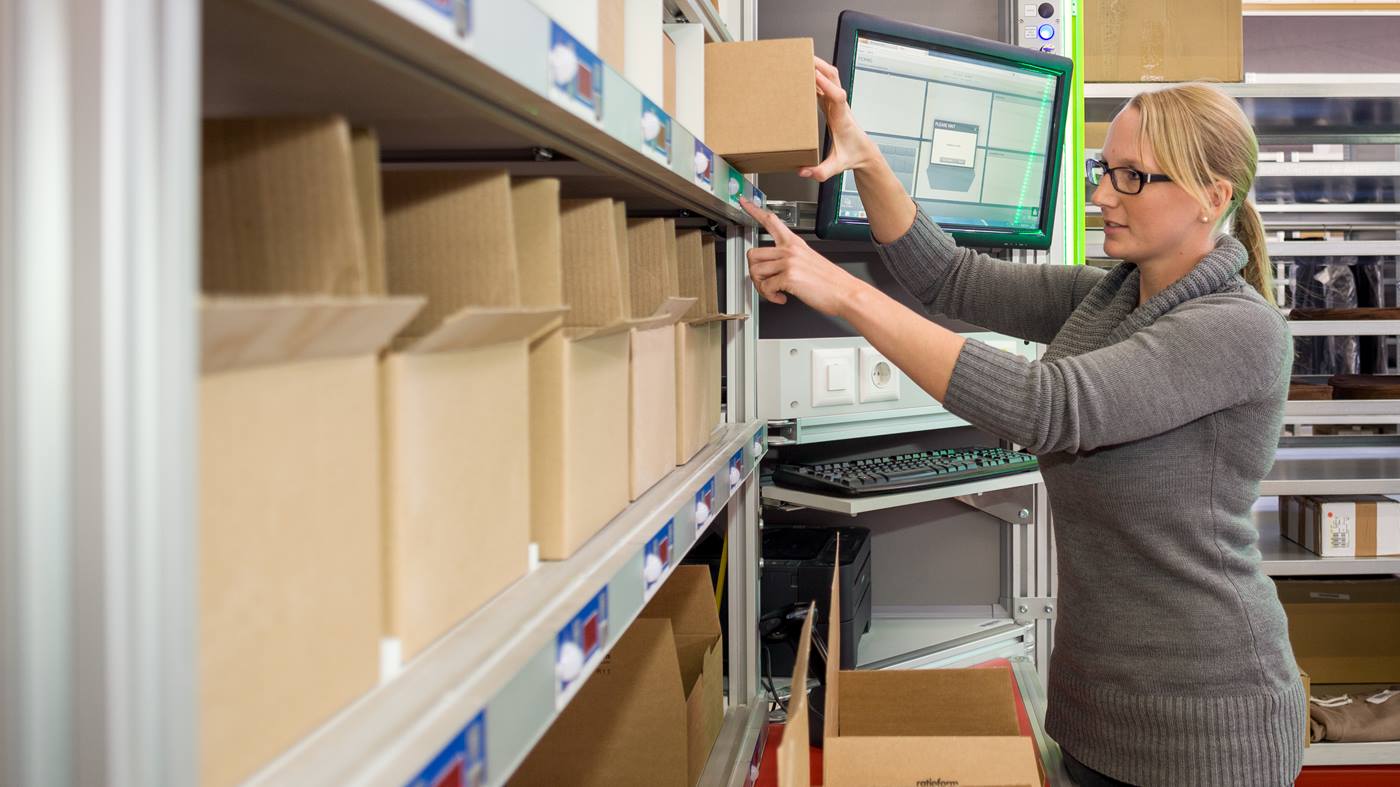Last Mile of the Race: Micro-Fulfillment Centers Bring the Supply Chain to the Consumer
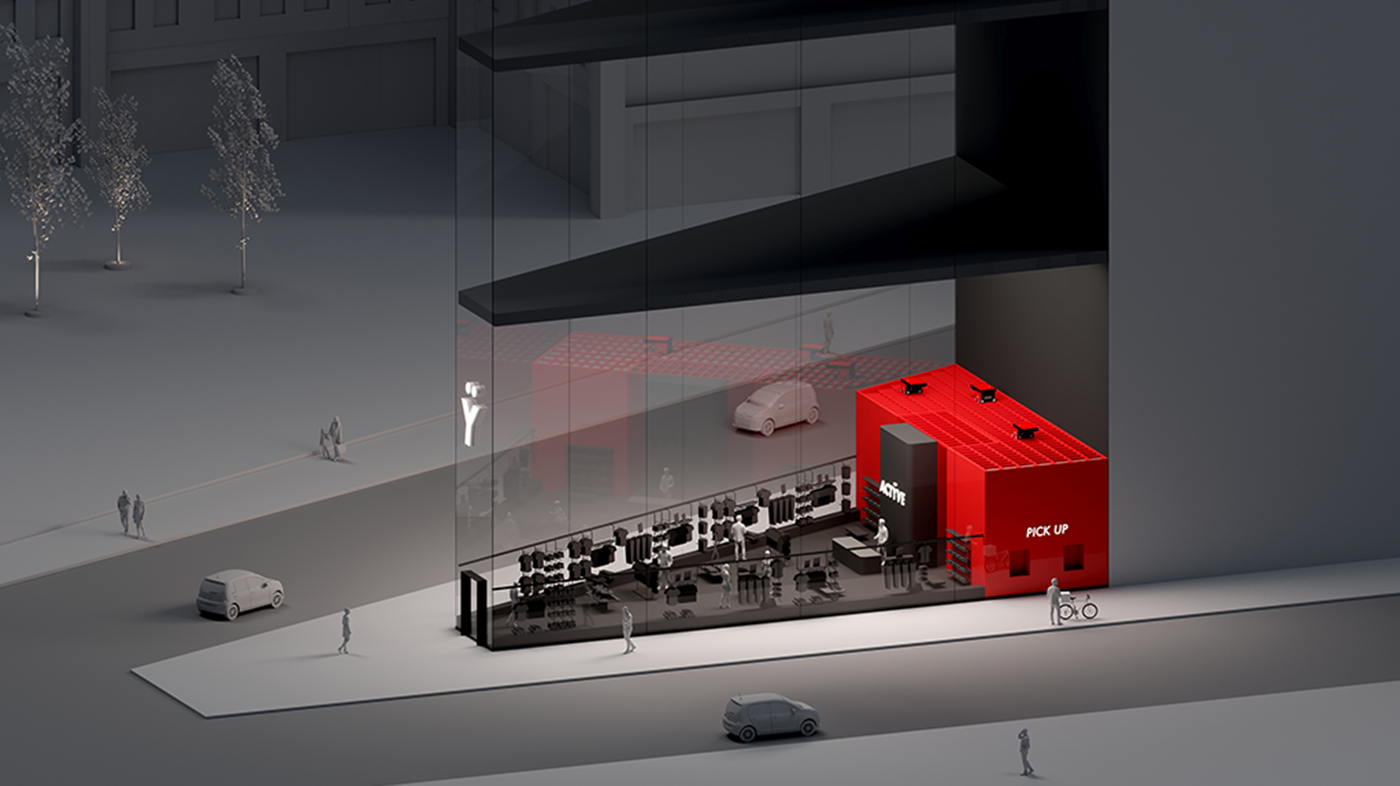
Typically, one of the dominant components in a company’s supply chain was the large warehouse or distribution center that acted as a central hub from where products are shipped to retail outlets. These are now being joined by a network of fulfillment centers that focus on localized, direct-to-customer service. They are designed to primarily get online orders to the customer quickly. These facilities have become a powerful tool in conquering the last mile and helping maintain a pleasant, seamless customer experience.

Swisslog has a comprehensive portfolio of solutions to meet the needs of retail, e-commerce and e-grocery customers. From large distribution centers to smaller fulfillment centers, there is a wide range of technologies available to address the today’s challenges and demands.
So, how might automated micro-fulfillment centers fit within your supply chain strategy? Visit the micro-fulfillment center page on Swisslog’s website.

AutoStore offers superior density, throughput, and availability for warehouses. Powered by Swisslog’s SynQ software, it provides significant ROI where applicable, although it isn’t right for everyone.





